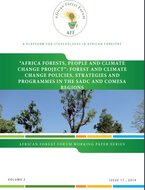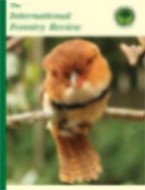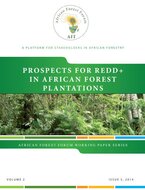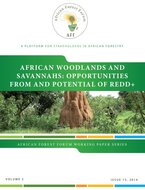Our Goals
500,000+
AFF Members
500+
AFF Staffs
50+
Africa Forest Enhancement
Delineation and goal of AFF’s work
The overall goal is to increase the knowledge and understanding of how forests and trees can contribute to a better environment in Africa, particularly with regard to adaptation to and mitigation of climate change, and to biodiversity and water conservation.
In this thematic area, AFF, with appropriate partners, will work on all relevant aspects on how forest and tree resources interact with and can contribute to positive developments in climate change adaptation and mitigation, biodiversity conservation and enhancement, ensuring water resources availability and quality, and other aspects of forest-environment interactions.
Context
There is growing evidence that climate change is impacting not only on agriculture and food production but also increasingly on forests and forest ecosystems. Africa is one of the most vulnerable regions in the world to climate change, particularly in the vast areas of marginal land where the livelihoods of farmers and forest dependent communities are threatened. Currently, not much is known about the resilience potential of African forests and trees and the diversity of forest types and conditions to adapt to the impacts of climate change. However, forests are not just threatened by climate change, they also hold an immense potential in mitigating against such change, both through reduction in greenhouse gas (GHG) emissions, especially CO₂, by reducing deforestation, and by and by enhancement of carbon sequestration in expanded growing forest and tree biomass. Thus, both climate response and mitigation by forests and trees, and their interaction, need to be carefully assessed so that informed cross-sectoral strategies and measures can be put in place to promote the role of forests and trees in climate change programmes.
Biodiversity is an important resource for African people for both consumptive (food, fibre, fuel, shelter, medicine, wildlife trade) and non-consumptive (ecosystem services and the economically important tourism industry) purposes. Given the heavy dependence on natural resources in Africa, many communities are vulnerable to the biodiversity loss that currently occur at an alarming rate through conversion of forests to other land uses, extreme climate events, fires and poaching. Effective measures to protect and, preferably, restore already lost plant and animal biodiversity, and the ecosystems they form part of, must urgently be put in place.
Water resources in Africa, their quantities, quality and seasonal availability for human and animal consumption and for agriculture, are strongly related to forest environments. Virtually all major rivers and streams emanate from forested or other wooded areas. Deforestation leads to uneven flow and to erosion and, thereby, reduced water quality. The role of forested watersheds cannot be over-emphasised.
Examples of subjects, challenges and opportunities to be addressed
Climate change and forest and tree resources; e.g. by identifying and analysing drivers, incentives, lessons learnt and policies for attaining Nationally Determined Contributions (NDCs), as well as their quality and potentials for cooperation between countries; evaluate experiences and lessons learnt from programmes, measures and other activities undertaken by different countries to adapt to, and mitigate against, climate change (e.g. NAMAs, NAPAs and REDD+); explore measures to strengthen resilience and adaptive capacity to climate change of forest dependent communities; strengthen mechanisms for incorporating forest related climate change issues into policies, plans, education and training at national and sub-regional levels.
Biodiversity and water resources; e.g. by identifying and analysing how improved and extended management and conservation of forests and trees can contribute to enhanced biodiversity, more secure water supply and to improved eco-system services; particular attention given to landscape and eco-regional scale issues and to trans-boundary and subregional aspects.
Publications
News
View More
Kenyan Youth Declare Bold Commitment to Forest Conservation and Green Economy Ahead of COP 30
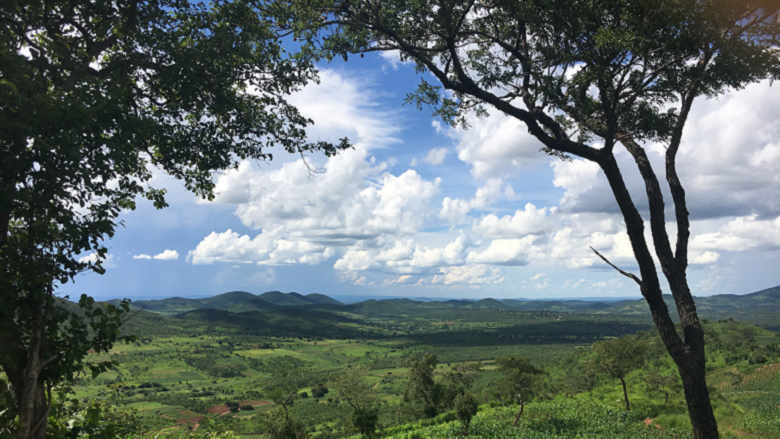
Building Resistance and Resilience: Regeneration Should Not be Left to Chance

Green Republic Project To Plant 10000 Trees In Tamale
Staff
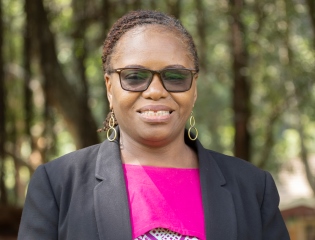
Doris Mutta
Events
See AllSeventh session of the UN Environment Assembly (UNEA-7)
30th United Nations Climate Change Conference 2025 (UNFCCC COP30)
International Youth Day 2025
Knowledge Products
View MoreImpact Stories
View More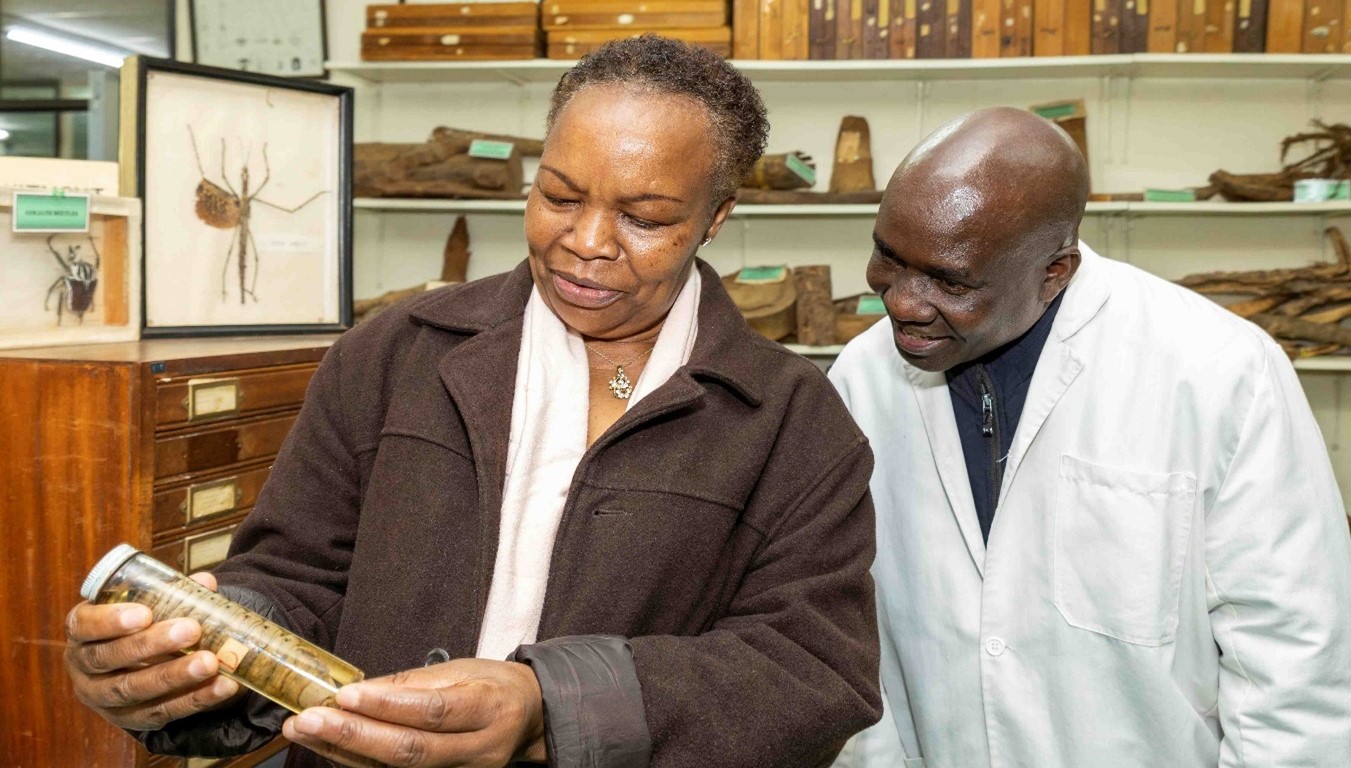

Containing forest pests and diseases
African Forest Forum is a vital and active institution, sponsoring and facilitating research to tackle the many threats to the continent’s forests and trees. They have supported Kenya in strengthening respected institutions that have helped fight challenges to its own forests, and those across the continent.


Research and forest-related livelihoods
Kenya has over 2.6 million hectares of gazetted forests, spread out over 8.83% of the country’s land mass. This is up dramatically from about 3% just 5 years ago. The country boasts a variety of forest types, from rainforests to mangroves, montane forests, dry forests, and, of course, plantation forests. This natural capital plays an important role across multiple economic sectors such as water, agriculture, energy, tourism, fisheries, etc.
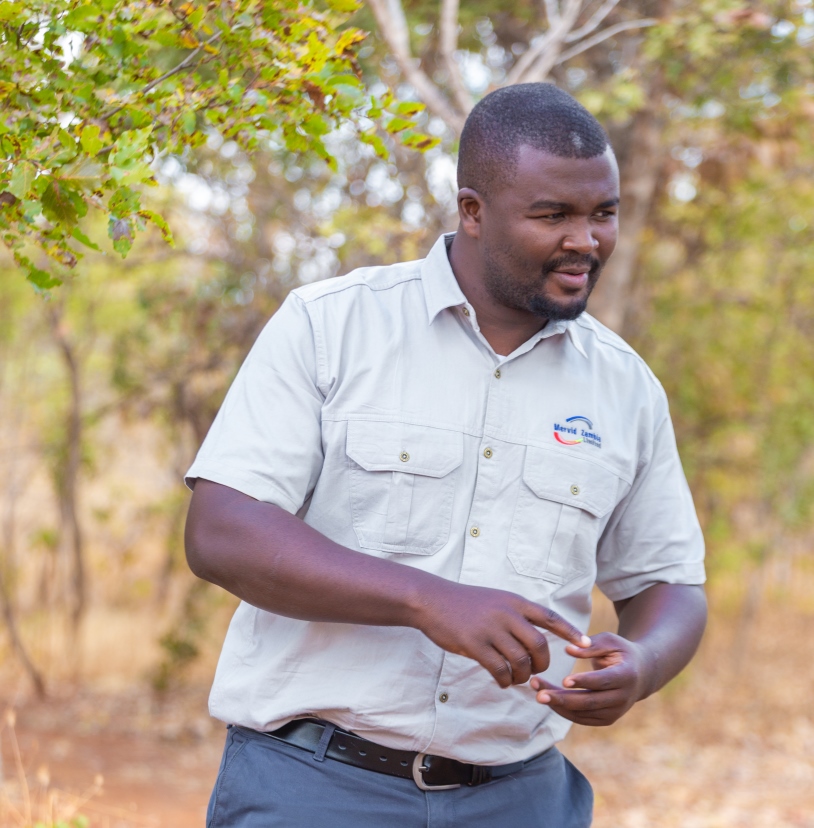

How industry and forests can co-exist
The Lusaka South Multi-Facility Economic Zone (LS-MFEZ) occupies 2,100 hectares of land that used to be the exclusive domain of the Zambian capital’s forest. Now it houses 98 businesses, representing $1.34 billion in investment. Thousands of people owe their jobs to the development of this area.


